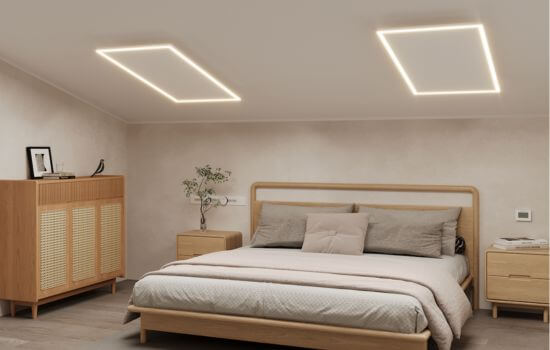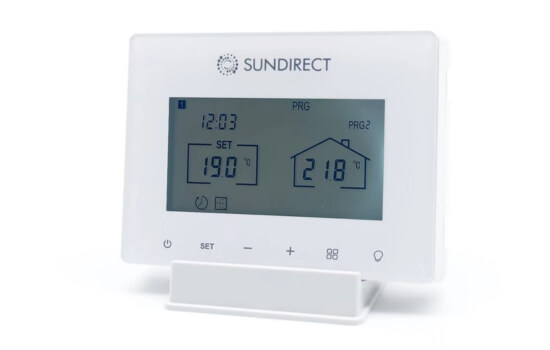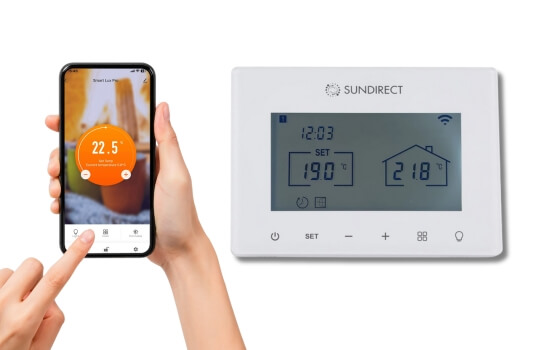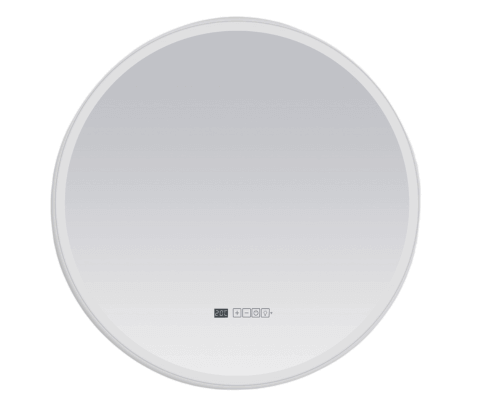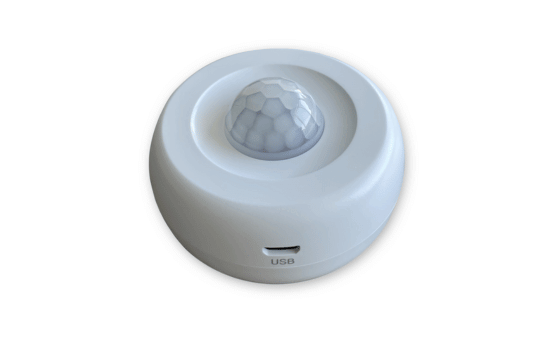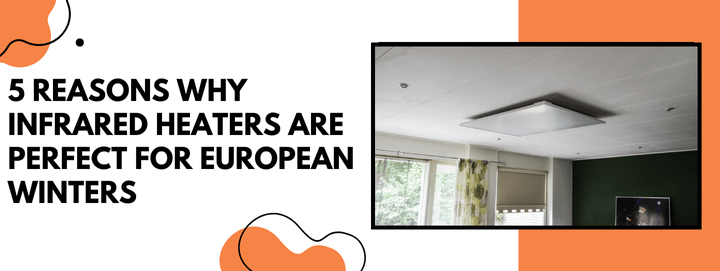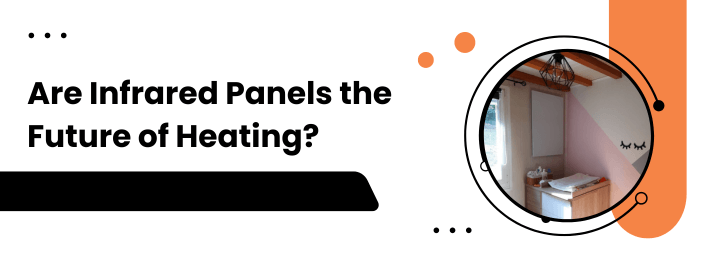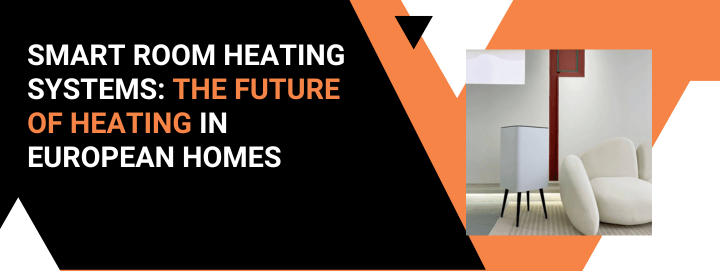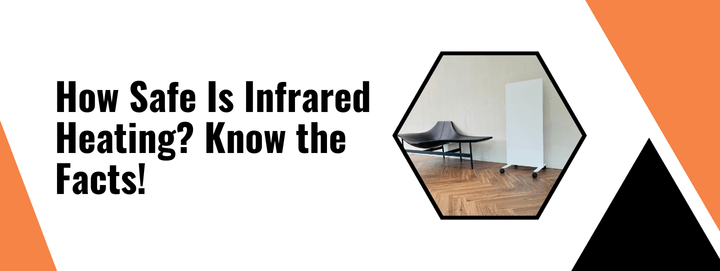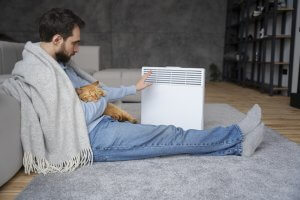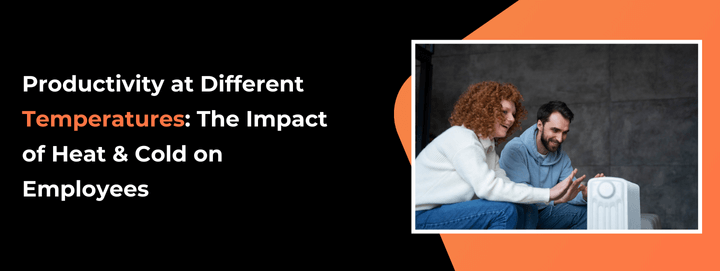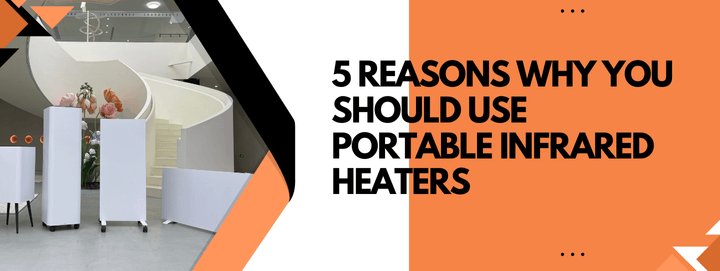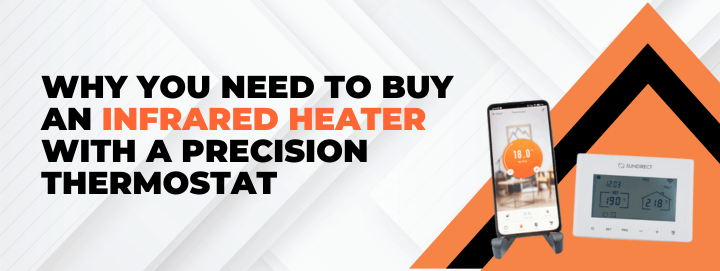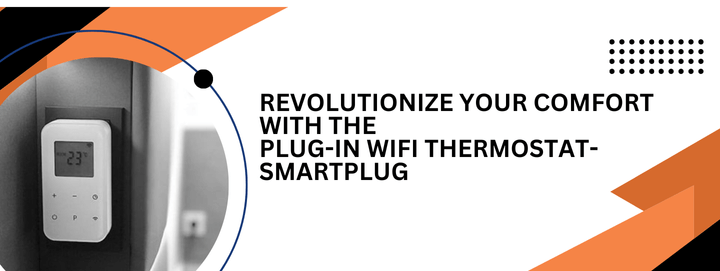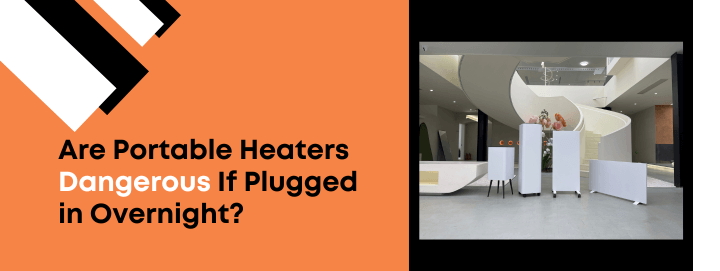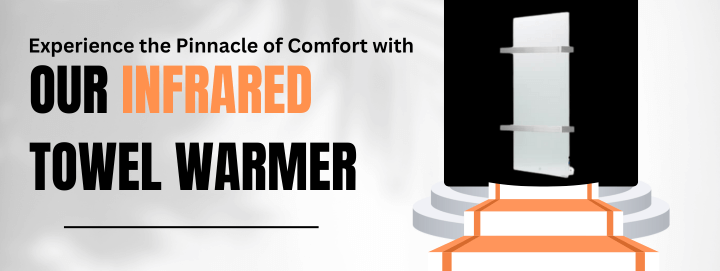With the global emphasis on energy efficiency and sustainability, home heating technologies are evolving faster than ever before. Traditional heating systems, such as gas boilers and electric convection heaters, are being scrutinized for their environmental impact and energy wastage. Amidst this backdrop, infrared heating panels have emerged as a compelling alternative that promises efficiency, style, and a reduced carbon footprint. But are these sleek, modern devices merely a trend, or do they truly represent the future of heating? In this comprehensive article, we’ll explore the potential of infrared heating panels, examining how they work, their benefits, and why they might just be the heating solution of the future.
What Are Infrared Panels?
Infrared heating panels are a type of electric heating device designed to emit radiant heat in the form of infrared radiation. Unlike conventional heating systems that rely on convection (heating the air), infrared panels directly heat objects and people in a room. Imagine standing in the sunlight on a cool day—the warmth you feel is due to the sun’s infrared rays heating your body, not the surrounding air. Infrared panels replicate this natural heating process, creating a comfortable and even warmth that feels similar to the sun’s rays.
These panels are typically flat and can be mounted on walls or ceilings, making them a versatile option for various settings, including homes, offices, and public buildings. They come in different sizes and designs, ranging from basic white panels to models that resemble mirrors or artwork, seamlessly blending with interior décor.
How Do Infrared Panels Work?
To understand why infrared panels are so efficient, it’s essential to know how they operate. Infrared panels use electricity to generate infrared radiation, which is then emitted as heat. This radiation is absorbed by the surfaces and objects in a room, such as furniture, walls, and people. As these objects warm up, they re-radiate heat back into the room, creating a consistent and even temperature throughout the space.
This method of heating is fundamentally different from convection heating, where warm air rises to the ceiling and cooler air sinks, creating uneven temperatures and drafts. Infrared heating, by contrast, directly warms the room’s contents, reducing heat loss and ensuring that warmth is distributed evenly.
Benefits of Infrared Panels
- Energy Efficiency and Cost Savings: Infrared panels are known for their high energy efficiency. Because they directly heat people and objects rather than the air, there is minimal heat loss, and the energy is used more effectively. This efficiency means that infrared panels often require less power to achieve the same level of comfort as conventional heaters, resulting in lower energy bills.
Additionally, infrared panels can be used as zoned heating solutions, allowing you to heat specific areas of a home without wasting energy on unused spaces. This level of control is particularly beneficial for large homes or commercial spaces, where heating costs can quickly escalate. - Eco-Friendly Heating Solution: With global warming and environmental sustainability becoming pressing concerns, many homeowners and businesses are looking for greener heating options. Infrared panels are an eco-friendly choice because they convert nearly 100% of the electricity they use into heat. If powered by renewable energy sources like solar panels, their environmental impact is virtually zero.
Unlike gas or oil-based systems, infrared panels do not produce any emissions, making them a clean heating option that aligns with Europe’s push for energy-efficient technologies. - Health Benefits: Infrared heating panels do not circulate air, dust, or allergens, making them a healthier option for individuals with respiratory issues or allergies. Traditional convection heaters often cause dust and allergens to become airborne, aggravating respiratory conditions. Infrared heating maintains natural humidity levels and avoids the creation of a dry, stuffy environment.
Moreover, infrared heat is used in various therapeutic applications to promote relaxation and relieve muscle tension. The gentle warmth provided by infrared panels can create a comfortable, health-enhancing indoor environment. - Minimal Maintenance and Longevity: Infrared panels have few moving parts and no internal fluids, which means they require little to no maintenance compared to traditional heating systems. There’s no need for annual boiler checks or concerns about leaks or corrosion. Most panels come with a lifespan of over 20 years, making them a long-term investment.
The absence of mechanical components also means that infrared panels operate silently, without the humming or clicking sounds typical of some electric heaters. - Aesthetically Pleasing and Space-Saving: Infrared panels are sleek and unobtrusive, freeing up valuable floor space. They can be mounted on walls or ceilings and are available in a range of designs. Some panels double as mirrors or art pieces, making them a functional and aesthetic addition to any room. This flexibility allows homeowners to integrate heating discreetly into their interiors.

Challenges and Considerations
While infrared panels offer numerous benefits, they are not without challenges:
- High Initial Cost: The upfront cost of infrared panels can be higher than conventional heaters. However, this is often offset by their energy efficiency and low maintenance costs in the long run. Many homeowners view infrared panels as a worthwhile investment that pays off over time.
- Limited Heating Range: Infrared panels work best in smaller spaces or as part of a zoned heating strategy. For large, open areas, multiple panels may be required to achieve consistent warmth, which can drive up costs.
- Dependence on Electricity: Because infrared panels run on electricity, their efficiency and cost-effectiveness depend on local electricity prices and the availability of renewable energy sources. In regions where electricity is expensive or derived from non-renewable sources, infrared panels may not offer the same environmental or financial benefits.
- Installation Requirements: While infrared panels are relatively easy to install, ceiling-mounted units may require professional assistance. Proper placement is crucial to maximize their efficiency, as poorly positioned panels can result in uneven heating.
Are Infrared Panels the Future of Heating?
Given the benefits and the growing demand for energy-efficient, eco-friendly heating solutions, infrared panels are well-positioned to become a staple in future heating systems. Their combination of efficiency, health benefits, and aesthetic appeal makes them an attractive option for modern homes and businesses.
Moreover, as technology continues to advance, we can expect even more sophisticated infrared solutions, such as smart integration and AI-based controls, which will further enhance their performance and user experience.
Comparing Infrared Panels to Other Heating Technologies
When compared to other heating technologies like gas boilers, electric convection heaters, or heat pumps, infrared panels stand out for their direct heating method and low operating costs. Gas boilers, for instance, have a high environmental impact due to CO2 emissions, while heat pumps, although efficient, can be expensive to install and may not be suitable for all properties.
Infrared panels, on the other hand, offer a middle ground: they are easier to install than heat pumps and more eco-friendly than gas or oil-based systems. For homeowners looking to future-proof their properties and reduce their carbon footprint, infrared panels are an appealing option.
Conclusion
Infrared panels are not just a passing trend—they represent a significant step forward in home heating technology. Their ability to provide efficient, cost-effective, and environmentally friendly heating, combined with health benefits and aesthetic versatility, makes them a strong contender for the future of heating in Europe and beyond.

